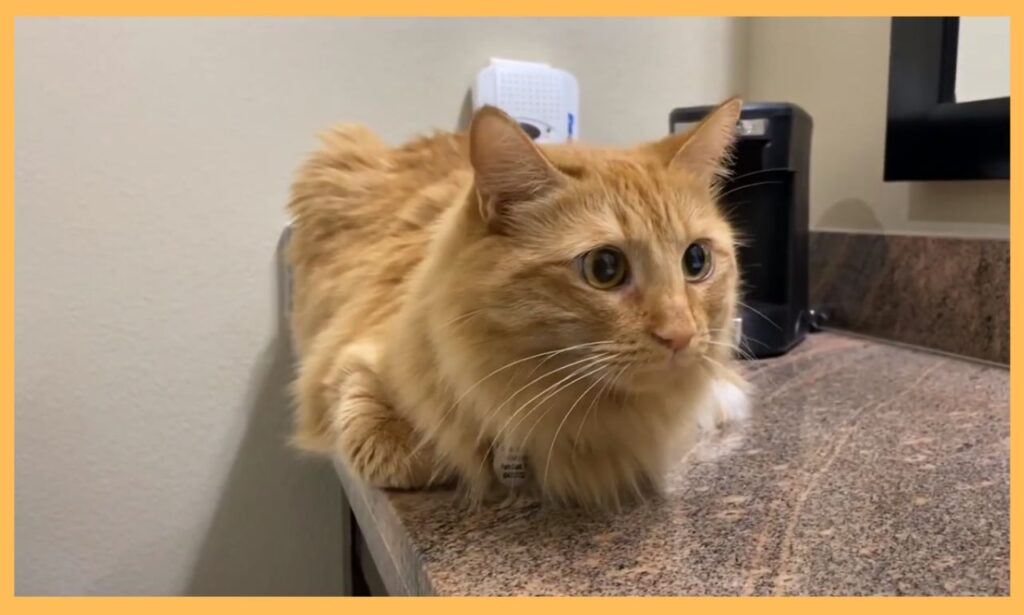Transporting cats over long distances can be a daunting task for any pet owner. Whether you’re moving across the country or taking an extended trip, ensuring your feline friend’s safety and comfort is paramount. In this guide, we’ll explore the best way to transport cats long distance, covering everything from preparation to execution. By the end, you’ll have a clear roadmap to make the journey as stress-free as possible for both you and your cat.
“The best way to transport cats long distance involves careful planning, a comfortable carrier, and choosing between car travel for control or air travel for speed, ensuring your cat’s safety and comfort throughout the journey.”
Table of Contents
ToggleWhy Is Long-Distance Cat Transport Challenging?
Cats are creatures of habit and thrive in familiar environments. Long-distance travel disrupts their routine, which can lead to stress, anxiety, and even health issues. Understanding the challenges is the first step in finding the best way to transport cats long distance.
Common Challenges:
- Stress and Anxiety: Cats are sensitive to changes in their environment.
- Motion Sickness: Some cats may experience nausea during travel.
- Safety Concerns: Ensuring your cat stays secure throughout the journey.
- Regulatory Requirements: Different states or countries may have specific pet travel regulations.
Preparing for the Journey: Key Steps
Proper preparation is the cornerstone of the best way to transport cats long distance. Here’s what you need to do before hitting the road or boarding a plane.
1. Visit the Veterinarian
Before embarking on a long-distance trip, schedule a visit to your vet. Ensure your cat is up-to-date on vaccinations and obtain a health certificate if required. Discuss any concerns, such as motion sickness or anxiety, and ask for recommendations.

2. Choose the Right Carrier
A sturdy, well-ventilated carrier is essential for safe cat transport. Opt for a carrier that is:
- Large enough for your cat to stand, turn around, and lie down.
- Secure with a reliable locking mechanism.
- Comfortable with soft bedding.
3. Familiarize Your Cat with the Carrier
Cats are more likely to feel comfortable in a carrier they recognize. Place the carrier in your home a few weeks before the trip, and encourage your cat to explore it by adding treats, toys, and familiar bedding.
4. Pack a Travel Kit
Prepare a travel kit with essentials such as:
- Food and water
- Litter box and litter
- Medications (if applicable)
- Toys and comfort items
- Cleaning supplies (for accidents)

Best Way to Transport Cats Long Distance: By Car
Traveling by car is often the best way to transport cats long distance because it allows you to maintain control over the environment and make stops as needed.
Tips for Car Travel:
- Secure the Carrier: Use a seatbelt or other restraints to keep the carrier in place.
- Maintain a Comfortable Temperature: Avoid extreme heat or cold by adjusting the car’s climate control.
- Take Breaks: Stop every 2-3 hours to offer water and a chance to use the litter box.
- Minimize Noise: Play soft music or use white noise to drown out unfamiliar sounds.
Pros and Cons of Car Travel:
| Pros | Cons |
|---|---|
| Full control over the journey | Can be time-consuming |
| Ability to make frequent stops | Cats may experience motion sickness |
| No need to comply with airline regulations | Requires careful planning |
Best Way to Transport Cats Long Distance: By Air
If driving isn’t an option, flying may be the best way to transport cats long distance. However, air travel requires careful planning and adherence to airline policies.
Tips for Air Travel:
- Choose a Pet-Friendly Airline: Research airlines that allow cats in the cabin, as this is safer and less stressful than cargo transport.
- Check Regulations: Ensure you meet all requirements, including carrier dimensions and health documentation.
- Book a Direct Flight: Minimize layovers to reduce stress and the risk of delays.
- Prepare for Security Screening: Be ready to remove your cat from the carrier during security checks.
Pros and Cons of Air Travel:
| Pros | Cons |
|---|---|
| Faster than driving | Strict airline regulations |
| Less time in transit | Limited space in the cabin |
| Ideal for international travel | Potential for stress during security checks |
Alternative Options for Long-Distance Cat Transport
If neither driving nor flying suits your needs, consider these alternatives:
1. Professional Pet Transport Services
Hiring a professional pet transport service can be a great option, especially for busy pet owners. These services specialize in the best way to transport cats long distance and handle all aspects of the journey.
2. Train or Bus Travel
Some trains and buses allow pets on board, but policies vary. Check with the service provider to ensure your cat can travel with you.
Ensuring Your Cat’s Comfort During the Journey
No matter which method you choose, keeping your cat comfortable is key to a successful trip.
1. Use Calming Aids
Consider using calming sprays, pheromone diffusers, or natural supplements to reduce anxiety. Consult your vet before using any new products.
2. Provide Familiar Items
Bring along your cat’s favorite blanket, toy, or piece of clothing with your scent to provide comfort.
3. Monitor Your Cat’s Behavior
Watch for signs of stress, such as excessive meowing, panting, or lethargy. Address any issues promptly.
Post-Travel Care: Helping Your Cat Adjust
Once you’ve arrived at your destination, give your cat time to acclimate to the new environment.
Tips for Post-Travel Care:
- Set up a quiet, safe space with familiar items.
- Gradually reintroduce your cat to the rest of the home.
- Stick to a consistent routine to help your cat feel secure.
Frequently Asked Questions (FAQs)
1. What is the best way to transport cats long distance?
The best way to transport cats long distance depends on your specific situation. Car travel offers the most control, while air travel is faster for long distances.
2. How can I reduce my cat’s stress during travel?
Use a familiar carrier, provide calming aids, and maintain a comfortable environment to minimize stress.
3. Can I sedate my cat for long-distance travel?
Sedation is generally not recommended unless prescribed by a vet. It can affect your cat’s balance and increase the risk of injury.
4. What should I pack for my cat’s long-distance trip?
Pack essentials like food, water, a litter box, medications, and comfort items.
Conclusion
Finding the best way to transport cats long distance requires careful planning and consideration of your cat’s unique needs. Whether you choose to drive, fly, or hire a professional service, prioritizing your cat’s safety and comfort will ensure a smooth journey. By following the tips and strategies outlined in this guide, you can make long-distance cat transport a stress-free experience for both you and your feline companion.
Remember, the key to success lies in preparation, patience, and plenty of love. Safe travels!








